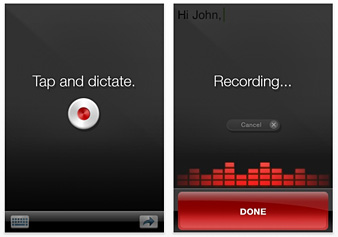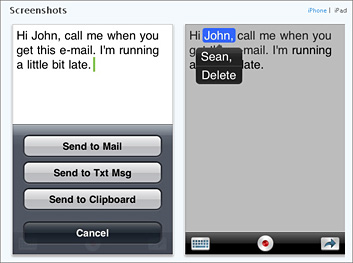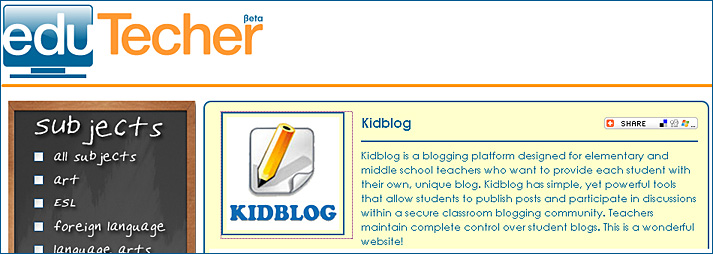Excerpts from Future of Learning Technology – 2015 — The Upside Learning Solutions Blog
5. Games (and simulations) will become integral part of workplace learning. Overall the culture of gaming is becoming pervasive and the cost of game development is decreasing. Both these trends are increasing the acceptance of games for workplace learning, an area where cost of development and delivery have always been a concern. As the focus of learning departments change to being facilitators rather than providers of training, engaging solutions like games will become crucial.
6. Birth of new Authoring Tools. We will also see new authoring tools which allow designers to make application scenarios easily and quickly. Tools like thinking worlds are great for quickly creating 3D based decision simulations (or even simple 3D games). Dr. Michael Allen (creator of Authorware) is working on a new tool called Zebra (which he talks about here — from DSC ID’s should check that video out) that would make engaging eLearning creation easy with drag and drop objects.

Dr. Michael Allen -- discussing their new authoring tool -- Zebra
7. Emergence of Personal Learning Agents. As the semantic web finally starts to form and common ontologies for various types learning content are developed, intelligent personal learning software agents will emerge as learning content mediators. Having a software agent that runs on a personal computing device such as a mobile phone or tablet and constantly monitors content streams on the internet to provide up-to-date information based on personal preferences, workplace conditions, or for the task at hand will make a good performance support and learning assistance system.














